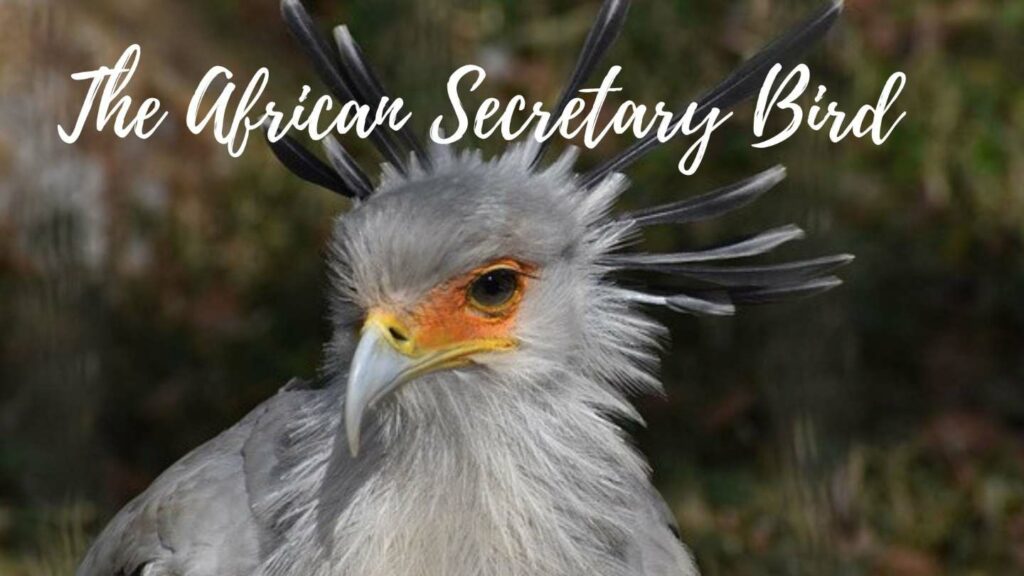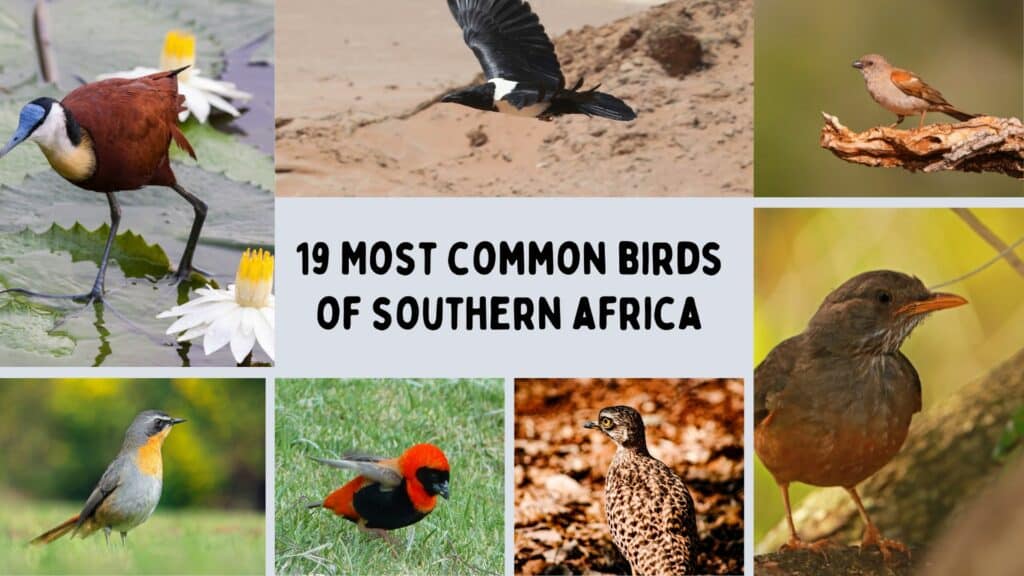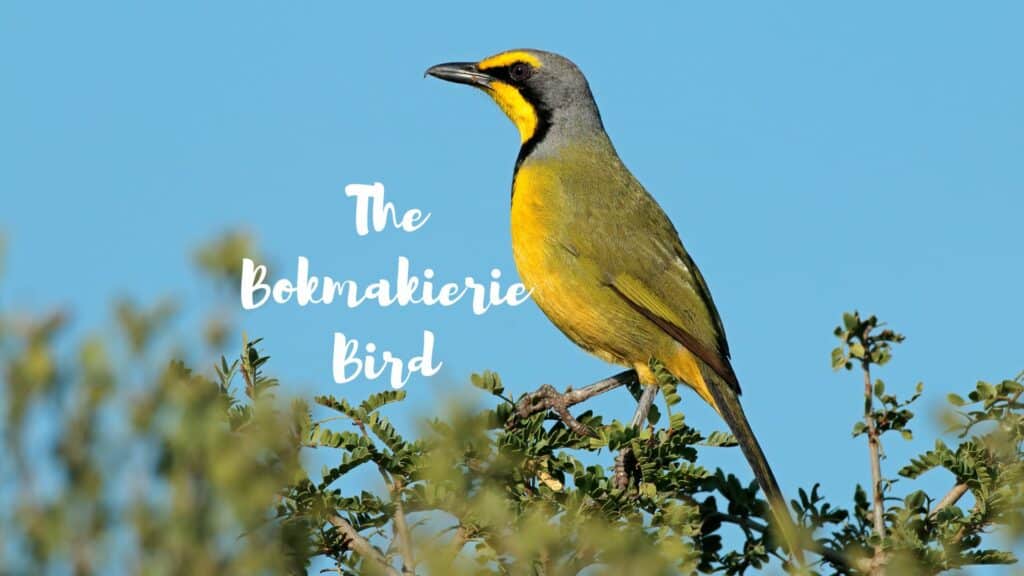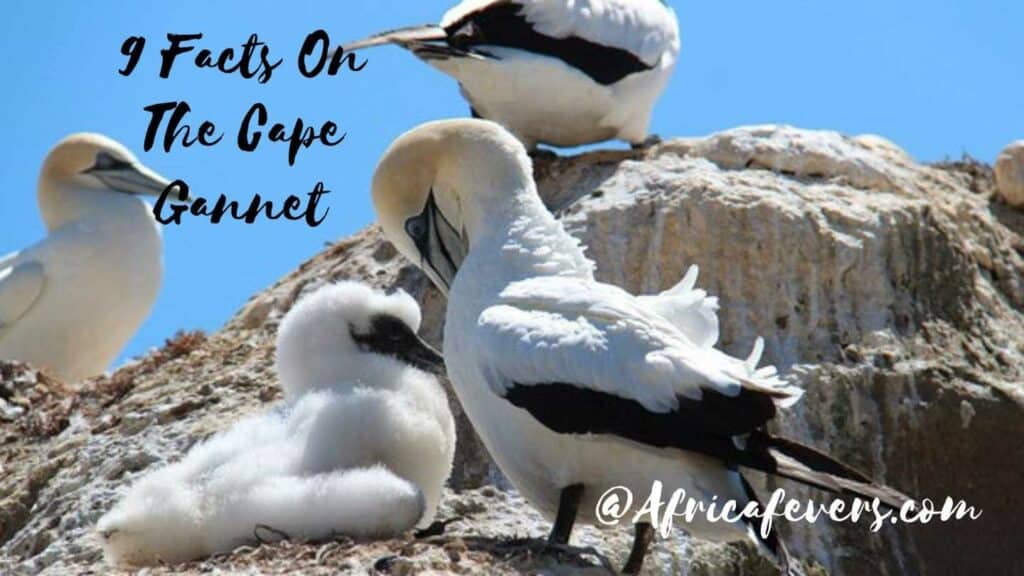I cast a spotlight on an avian symbol steeped in cultural significance: the big Blue Crane, South Africa’s national pride. Known scientifically as Grus Paradisea, it isn’t just another bird; this elegant creature is woven intimately into the country’s identity. As I explore its rise to eminence, I’ll touch upon the historical importance and the deep meanings it holds within South African culture.
In certain South African cultures, especially among the Xhosa people, the Blue Crane is associated with bravery and is known as “Indwe” in their language.
Among the Xhosa, the indigenous “Indwe bird” was historically considered a symbol of prestige and honor. Traditionally, the feathers of the Blue Crane were used to decorate the headdress of a warrior or leader who had displayed exceptional acts of bravery or leadership.
While the intricacies of its status as a national emblem are fascinating, the bird itself deservedly commands attention for its physical allure.
I will delve into its striking appearance that captivates bird watchers and patriots alike, from the distinctive crown of feathers to the nuanced shades that grace its wings.

Majesty in Feathers: Identifying the Blue Crane
The Blue Crane, with its natural elegance, stands as a symbol of all things serene and graceful. If you happen to catch a glimpse of this bird, you’re in for a visual treat, and identifying it is a straightforward task, thanks to its distinctive features.
On average, an adult Blue Crane stands about four feet tall, with a wingspan that can impressively stretch to over two meters.
The color palette of this bird is a soothing mix of slate grey, tinged with subtle shades of blue, particularly pronounced on the head and neck. Its long, dark grey wing feathers — which drape elegantly to the ground — are perhaps its most spectacular feature, evoking an image of an ancient royal cloak.

Unlike many other birds, the Blue Crane sports a relatively small head and a straight bill, allowing for prompt recognition amongst bird enthusiasts. Its unique bristle-feathered head and the slight uptilt of the feathers at the tail give it a uniquely proud posture.
With a robust stature and a poised yet vigilant demeanor, the Blue Crane isn’t one to blend into the bustling avian crowds. It moves with an air of confidence that commands attention whether it is traversing grasslands or taking to the skies with measured, fluent wingbeats.
A Bird of Many Lands: Habitat and Distribution of the Blue Crane Bird
The Blue Crane graces several countries with its presence. While it’s a source of national pride for South Africa, its range isn’t limited to the country’s borders. You’ll find these birds across southern Africa, notably in Namibia and Botswana, with occasional sightings in Zimbabwe and Swaziland.
In terms of habitat, the Blue Crane is an adaptable bird, but it shows a clear preference for dry grasslands and savannas. These are the areas where it can strut and forage with relative ease. They’re also found in agricultural fields and farmers often spot them amidst crops. Their presence in farmlands, however, sparks a conversation about human-wildlife conflict and habitat conservation.
Climate and human expansion have reshaped the Blue Crane’s natural habitats. The encroachment of development onto grasslands and changes in farming practices present challenges. But the bird’s adaptability gives hope for its continued survival.

The Dance of Life: Mating Rituals and Family Bonds
The Blue Crane forms an epitome of loyalty and grace in the avian world. Renowned for their monogamous nature, these birds choose one partner for life, weaving a tale of fidelity that resonates deeply with human observers.
Their mating dance is not just a ritual; it’s a captivating spectacle, combining elements of coordination, rhythm, and mutual display.
During the breeding season, I have observed pairs engaging in this intricate dance. With wings outstretched and heads thrown back, they leap elegantly into the air. These dances can include a series of jumps, bows, and flapping sounds that spread like acoustic waves through their grassland homes. I find it fascinating that these performances can also strengthen the bonds between mates outside of the breeding season.
Nesting is a serious affair for Blue Cranes. Preferring the privacy of the vast grasslands, they lay their eggs directly on the ground. They typically lay two eggs, which both parents then vigilantly guard and incubate. Remarkably, both males and females share equal responsibility in nurturing and protecting their offspring.
Chicks are precocial, born well-developed, and covered in down. They leave the nest shortly after hatching, following their parents to learn the ways of the world. As they grow, they practice survival skills, mastering foraging techniques under the watchful eyes of their parents, until they’re ready to take flight and eventually carry on the legacy of the Blue Crane.
Understanding their mating and nesting behaviors proves crucial as we move to consider the Blue Crane’s conservation status. What challenges do they face, and how can we ensure these emblematic birds continue to adorn the South African skies? This knowledge guides meaningful conservation efforts.
The Future of the Blue Crane: Conservation and FAQs
I now turn my attention to an issue close to my heart: the conservation status of the Blue Crane and the collective efforts to safeguard its future. As of my latest information, the Blue Crane is classified as ‘Vulnerable’ by the International Union for Conservation of Nature (IUCN). The decline in their numbers (down to about 26000 birds) is largely attributed to habitat loss, agricultural practices, and to some extent, collisions with power lines.
Luckily, South Africa, recognizing the importance of their national bird, has instituted measures geared towards its protection. These include initiatives such as the Blue Crane conservation project aimed at preserving its natural habitats and educating the public about the species.
Beyond the borders of South Africa, international partnerships are also crucial in ensuring the Blue Crane’s survival, highlighting the need for a global effort in conservation practices.

The Diet of the Blue Crane, what does it eat?
In terms of its diet, Blue Cranes are omnivores, meaning they eat a variety of plant and animal matter. Their diet includes grasses, seeds, insects, and small vertebrates. They forage in grasslands and agricultural fields, using their long bills to pick up food from the ground.
What is the best time of the year and places to visit the Blue Crane?
The best time to observe them can vary depending on the specific region you are interested in. However, there are general guidelines that can help plan a visit to see these birds:
- Breeding Season: The breeding season for Blue Cranes typically occurs during the spring and summer months, from September to March. During this time, you may have a higher chance of observing courtship displays and seeing chicks if you visit suitable habitats.
- Habitats: Blue Cranes are often found in grasslands, wetlands, and agricultural fields. The Western Cape, Eastern Cape, and parts of the Free State and KwaZulu-Natal provinces in South Africa are known to be habitats where you can find Blue Cranes.
- Protected Areas: National parks, nature reserves, and wildlife sanctuaries may offer opportunities to see Blue Cranes. For example, the Overberg region in the Western Cape is known for its Blue Crane population, and you might consider places like De Hoop Nature Reserve.
And finally, what is the lifespan of South Africa’s national bird?
The lifespan of the Blue Crane (Anthropoides Paradiseus) in the wild is typically around 20 to 30 years. However, various factors can influence their lifespan, including predation, habitat conditions, and human-related threats. In captivity, where they may be protected from many of the natural dangers faced in the wild, Blue Cranes can potentially live longer.
Related articles:
My Final Conclusion.
By fostering a deeper understanding and respect for the Blue Crane, I hope to inspire action towards their conservation. It’s a collective responsibility to ensure that future generations can also admire the graceful dances and hear the calls of South Africa’s national treasure.
If you have any more questions about this bird or anything else to chat about, please feel free to leave a comment down below in the comment section or join me on my social media channels to see more pictures/videos and stories about my travels to Africa!
I wish you happy travels and happy African birdwatching!
Kind regards,
Lizzy
I now have a YouTube channel as well!
YouTube
Hello Africa travellers!
Who am I? Well, the least you can say is that I am quite crazy about Africa, its nature, its climate, its culture, and more.
As a young woman in my twenties, I had already traveled to several African countries by traveling along in an overlander on my own and mostly camping ( or glamping ) and just fell in love with the diversity of it all.
So much, so that at the age of 26, I went back to university to study biology, which, unfortunately, I couldn’t finish because of health reasons (yes, I got sick from a tropical disease, oh cynicism). But this did not stop my dream of traveling back to Africa several times, and I still do.
My dream was back then to leave Europe and go study animal behavior, especially the elephants (sure, that’s every girl’s dream haha), but I am also very much intrigued by hyenas and other “ugly African animals“.
So, I “kind of” have a little bit of a scientific approach to my articles, when I write about African birds, for example. And most of all: the passion.
But life goes on, you move from one side of the country to the other, you get sick again and top it off with lower back problems, and before you know it, you are over 50 hahaha!
Now, I still travel to Africa, but take it a bit “easier” than the good old camping days, and stay in comfortable, yet affordable accommodations, together with my husband Wouter.
These are some of the countries I have traveled to: Kenya, Tanzania, Zanzibar, Malawi, Zambia, Zimbabwe, South Africa, Namibia, Botswana, Tunisia, and a little bit of Lesotho LOL .
While clearly not being African territory, but Spanish, I also visited Gran Canaria and Tenerife, and location-wise, I consider them “African”, because of their climate and nature, sue me :-p
The last trip I took was to South Africa in the year 2023, and it sure got the fevers for Africa back! From the Barberton mountains to the Drakensberg and the Southcoast, one month wasn’t enough at all to see the whole country, so we’ll be back! At ease and with a little bit more luxury than in my younger days haha!
I wish you happy travels!
Kind regards
Lizzy











Good article on the South African Blue Crane. It’s definitely a unique and beautiful bird that is an important part of the ecosystem. Its conservation will probably help preserve biodiversity and ensure the survival of other species that depend on the same habitat. Definitely encouraging to hear that the South African government has taken steps to protect the Blue Crane by declaring it a national bird and implementing conservation measures.
Hi Ben
Thank you for your comment and interest in the Blue Crane bird and I wish you happy birdwatching!
Lizzy
Your exploration of the Big Blue Crane Bird, South Africa’s national bird, resonated with me. Having had the privilege of encountering these majestic birds during my visit to South Africa, your post beautifully captures the significance and cultural importance attached to them. It’s fascinating to see how these magnificent creatures symbolize resilience and embody the unique biodiversity of the region. Thank you for bringing back fond memories and providing such a captivating glimpse into South Africa’s rich avian heritage.
Hello Dave!
You are very welcome and I hope you get to see lots of African birds again soon!
Lizzy